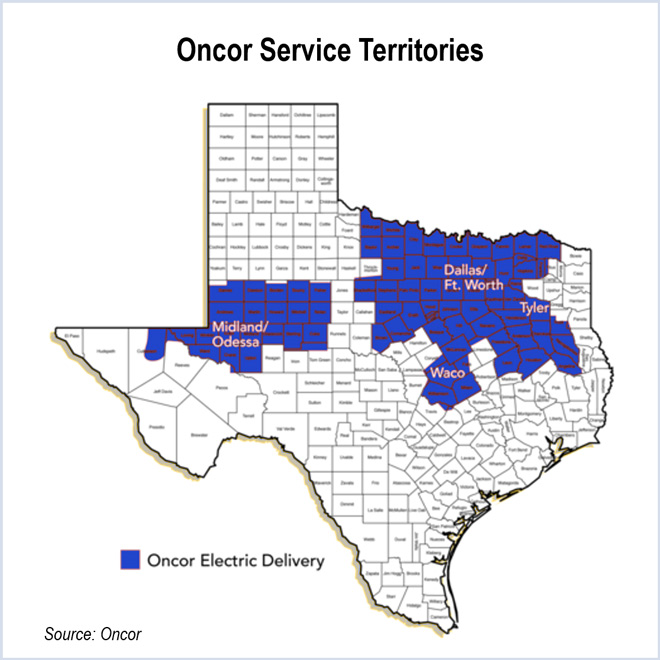By Robert Mullin
Stakeholders on Wednesday pressed CAISO for details on a proposal to broaden and make permanent certain operational measures developed in response to Aliso Canyon gas restrictions.
CAISO is proposing to make the gas-electric coordination measures applicable to the ISO’s entire footprint — including the Western Energy Imbalance Market — and not just the Southern California area affected by the closure of the Aliso Canyon gas storage facility. (See CAISO Mulls Making Aliso Canyon Measures Permanent.)
Key among those measures is a provision allowing the ISO to limit output from gas-fired generators within a specific “gas operating zone.” The limit would allow the ISO to enforce a maximum gas burn during shortages.
Carrie Bentley, a consultant representing the Western Power Trading Forum, asked about the rationale for broadening application of that provision to areas outside those normally dependent on gas from Aliso Canyon.
“To me that seems like it would still be a Southern California issue, but given [that] you’re proposing this for the entire footprint, I wondered what operational risks you saw for the ISO, including the EIM,” Bentley said.
Mark Rothleder, CAISO vice president of market quality and renewable integration, acknowledged that the risks stemming from Aliso Canyon were still specific to Southern California.
“I think the extension — and the things that are being proposed as permanent — is really in light of potentially other types of gas-related constraints arising in other parts of the footprint that we want to be prepared for in case they do arise, not just strictly [constraints] associated with Aliso,” Rothleder said.
Bentley pressed Rothleder for more information about the risks elsewhere in the ISO system.
“I don’t want to give too much detail, but there’s broader rule changes that affect other storage facilities and how much can be withdrawn and injected to other facilities over time, and those will affect not just Aliso or Southern Cal Gas storage facilities,” Rothleder said.
The California Air Resources Board earlier this year passed tougher standards for monitoring and testing for methane leaks from all the state’s underground storage fields, as well as requiring equipment changes that could slow the flow to and from the facilities.
Rothleder also pointed out the that ISO has “become aware of” gas constraints outside California.
“They are probably more localized, but they could affect multiple generators in localized areas of the EIM footprint,” he said. “And we’re at least aware of some of those that could arise [for which] we would need to enforce gas-burn constraints eventually and appropriately allocate gas to multiple physical generators.”
Rothleder said the ISO would be committed to providing “transparency and advance notice” to market participants when it must enforce a constraint and that the measure would be “prudently applied.” The Aliso Canyon gas-burn constraint has been invoked only once, over four days in January when SoCalGas had to withdraw gas from the facility to meet heating needs.
“It was more for the gas-side need than the electrical-side need,” Rothleder said of the event.
Cathleen Colbert, senior market design and regulatory policy developer at the ISO, who gave a presentation on the proposal, said EIM balancing authority areas would gain use of the gas constraint as part of their market role. “This is similar to existing authority for the EIM entities to use [to] dispatch at their discretion,” Colbert said.
Lindsey Schlekeway of NV Energy expressed confusion over how and when EIM members would use the gas constraint.
“I wasn’t sure … if we were supposed to contact the ISO and how this would really work,” Schlekeway said.
“These are some details that we will have to develop as part of the process, but I think it’s important to keep in mind that, whether or not this constraint is enforced, the decision will be made by the balancing authority area and the procedures would be established by the entity itself,” replied Anna McKenna, ISO assistant general counsel.
Ryan Kurlinski of the ISO’s Department of Market Monitoring said that extending to EIM entities the ability to enforce gas constraints would constitute “a major market design change.”
“What we’re looking for is that hopefully the ISO can provide more clarity on what are the conditions under which an EIM entity can define a gas nomogram,” Kurlinski said, referring to the diagram representing the interrelationship of fuel consumption among gas-fired generators on the system under various operating conditions.
Bentley questioned why CAISO was referring to the initiative as “Aliso Canyon Gas-Electric Coordination Phase 3” when the extended measures will in fact have broad application across the ISO. “I think the name is very misleading and I think potentially you won’t get full stakeholder review if you aren’t really clear what you’re doing here,” Bentley said.
“We actually weighed both sides of that,” replied Brad Cooper, the ISO’s manager of market design and regulatory policy. Cooper said the ISO had considered a different name but was concerned that stakeholders might lose sight of the fact that it was proposing to extend and make permanent the Aliso Canyon measures.
“So I take your point, but I think that either way, we had the potential to be misleading, and we thought it would just be clearer calling it Aliso Canyon Phase 3,” Cooper said.
“But I’m not misunderstanding this, right?” Bentley asked. “I mean, the operational risks have really very little to do with Aliso Canyon and you’re saying there’s all these other circumstances that are leading to this need.”
Colbert said the closure of Aliso Canyon had provided insights that can be applied throughout the ISO.
“We’re learning as we go, we’re learning by doing,” Colbert said. “And so other concerns have come up through our continued exercising of this gas-electric coordination. So while we’ve learned about additional constraints, and we’d like to broaden and expand the scope of this project, the genesis of it is from Aliso Canyon.”





